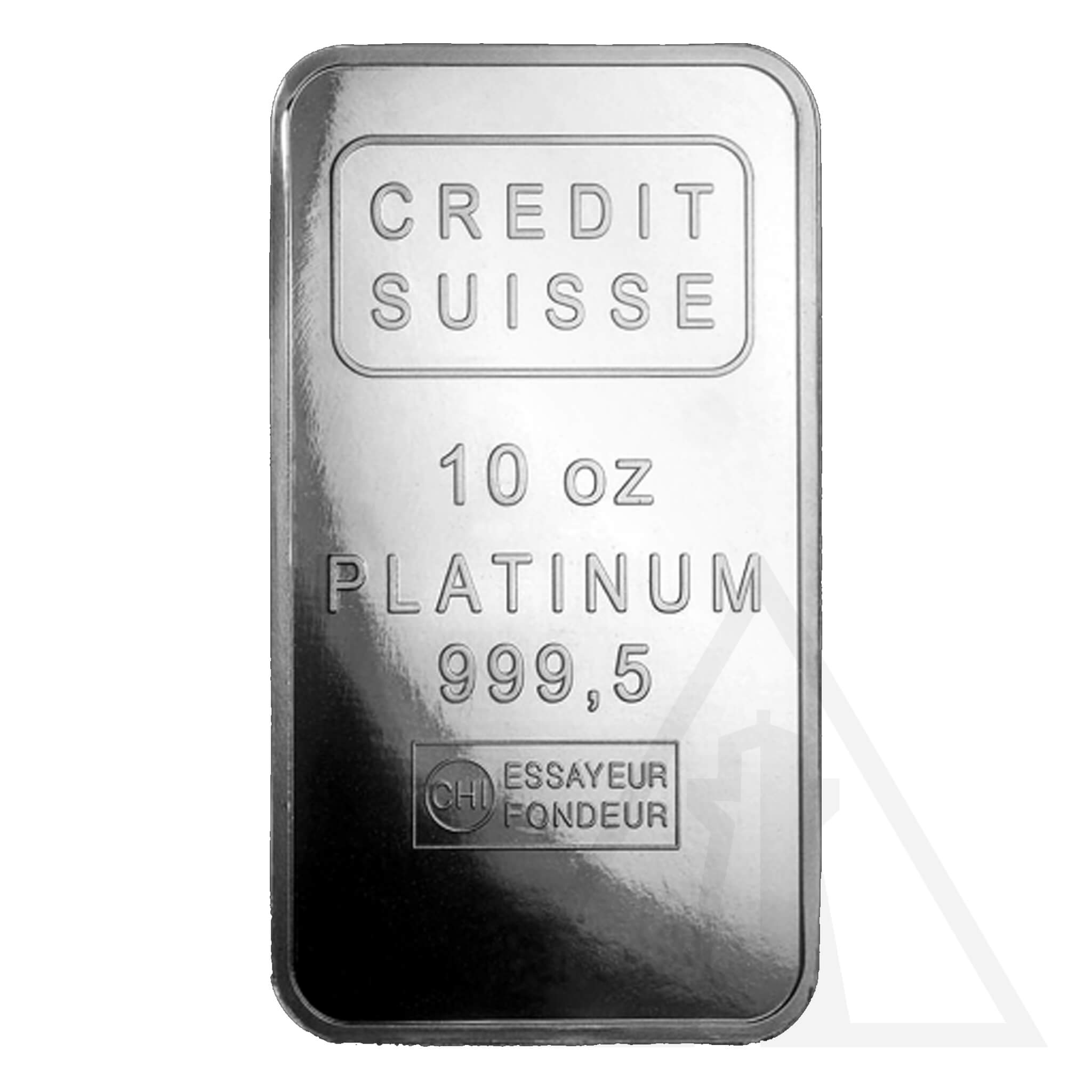"In 2008, we were told the system worked — until it didn't. Given the explosion of debt and money printing over the last 15 years, the next crisis will make the global recession of 2008 look like a garden party." - Frank Giustra.
While both Wall Street and Bay Street exude confidence in their respective central bank's ability to curb inflation, the battle is far from over. I repeat with emphasis, "Far from over."
In December, the Headline U.S. Consumer Price Index (CPI), the metric reflecting what Americans truly pay, stood at 3.4%, a leap from November's 3.1% and June's 3.0% figures. And as geopolitical tensions drive oil prices upwards, inflation may be resurgent. Although the U.S. Federal Reserve and the Bank of Canada are not keen on raising rates, they're equally hesitant to cut them due to persistent inflationary pressures on both sides of the border.
Inflation often creeps into the economy gradually, catching investors off-guard with its detrimental effects. While 3.4% inflation might seem benign compared to historical highs, its erosion of purchasing power is insidious. Over 42 years, a 3.4% inflation rate halves the value of a dollar twice, resulting in a staggering 75% devaluation, affecting savings and investments alike.
This inflationary pressure is why you work longer hours with dual incomes, pay more on credit, and spend more money. Much of the population here in Canada and the U.S. compete for no reason other than to showcase their incredible "keeping up with the Joneses" espresso machines, new $120K plus Corvettes that used to be $75K just a handful of years ago. It could be the $170 tank of gas for your F150 that was only $130 just a short while ago or the basement refinishing quoted pre-COVID at about $35K, now being quoted at $60K plus. Or your grocery bill for a family of 5 has more than doubled in the last few years.

Source: Darren V. Long – Personal Food Inflation Tracker
Against this backdrop of inflation, historically (yes, we've been here many a time before this), gold (and silver) emerged as a prudent investment choice. Traditionally priced in U.S. dollars, gold serves as a hedge against inflation. Gold prices typically rise as the U.S. dollar weakens, preserving wealth and offsetting losses in other asset classes.
However, despite current economic uncertainty, silver is an often overlooked but equally potent option. Frequently dubbed gold's little brother, silver boasts similar, if not more significant, explosive potential. With geopolitical tensions and inflationary concerns looming, there's no better time to consider silver ownership.
Diversification is critical to being whole in a wealth strategy while navigating unpredictable markets. Geopolitical conflicts, political upheavals, and economic sanctions can disrupt traditional assets like stocks, bonds, and real estate. However, gold and silver remain resilient in the face of such turmoil, offering a haven for investors.
Gold and silver are notable for their low correlation with stock prices, making them valuable diversification tools for portfolios heavily weighted in equities. Investors can enhance returns while mitigating risks by adding gold and silver to their investment mix.
Recent trends in gold prices underscore its attractiveness as an investment. From a low of $1,831 per ounce in October 2023, gold rallied to $2,089 per ounce by December of last year, with intermittent fluctuations. The surge, driven by a confluence of factors including lower interest rates, persistent inflation, and geopolitical tensions, demonstrates gold's resilience in uncertain times.
Lower interest rates, particularly, bode well for gold prices, as they diminish the relative attractiveness of interest-bearing assets like U.S. Treasury notes. Concurrently, central banks, notably Russia and China, continue to bolster their gold reserves, signalling confidence in the precious metal's long-term value.
Given these developments, every investor should consider allocating a portion of their portfolio to gold and silver. A prudent guideline is to allocate around 10%-20% of investable assets to these precious metals. This allocation ensures significant profits and downside protection without unduly exposing the portfolio to excessive risk.
Governments are takers. They will take from the middle class, you, the reader until there is no more left to take. They will watch you closely, audit your paper investments hand over fist and meddle in your privacy until nothing is left. This kind of oversight is not what our forefathers intended for us, but it is what the government does. Handouts to folks who do not exert the effort to grow this great country and would instead take from it alongside those who feel like this country can offer the kind of future they want but are unwilling to work for. Between this and the silent killer of wealth known as inflation, the potential of transforming into a country prayed upon by WEF and other B.S. think tanks and larger governments, we must rethink our wealth strategy. Take back what is rightfully ours. Living in peace, free of high taxes, in a country that rewards hard work, small business and blue-collar mentality gave us middle-class wealth in the first place. Keep your investments private and think about what gold and silver offer in that respect.
While gold remains a stalwart asset in any diversified portfolio, silver offers a compelling alternative with comparable potential. As economic uncertainties persist and inflationary pressures mount, owning gold and silver can safeguard against market volatility and currency devaluation. If there is the slightest of blips in pricing in the near term concerning inflationary pressures, then it is with great conviction that I will be adding additional gold and silver to my wealth once again.
Yours to the penny,
Darren V. Long







